THE QUALIFIERS
Come to think of it, we have two cars from Japan (Maruti Swift and Nissan Micra), one from Italy (Fiat Grande Punto), a German (VW Polo) and a Korean (Hyundai i10). All strong products with their share of uniqueness vying for the ultimate glory.
The Micra is home free, because it is the newest car here. But that’s not all. It is a very good car with the right attributes to appeal to the Indian buyer. True, I’m circumspect about Nissan going down the whole brand ambassador route and some of the features might not necessarily mean much to the long-term ownership experience, like the snazzy keyless entry, but the fact that Nissan is trying to be different does win it favour. It’s big on the inside too, with three average adults fitting in the back, and the boot isn’t shabby either. However, Nissan has hit the cross bar with the Micra’s styling and interior. What’s all the noise about the ‘greige’ interiors? Cheesy, and they don’t hold together as tightly as, say, the VW Polo’s. 
The exterior styling will surely polarise opinion, but I will refrain from commenting. As they say, if you have nothing nice to say, it’s better not to say anything at all.
The Swift has been Maruti-Suzuki’s talisman in India. Sure, other cars from its stable might sell more, but this is a car that has caught the Indian buyers’ fancy so much that Maruti has consistently been the best-seller in the segment. The fact that Nissan made no secret of benchmarking the Swift when it was developing the Micra made it a default contender for this comparo. Yes, the new Swift is on its way and, maybe, we’re being a little unfair to Maruti by using the existing model, but surely there’ll be a rematch soon.
 THE MICRA’S EXTERIOR STYLING WILL SURELY POLARISE OPINION, BUT I WILL REFRAIN FROM COMMENTING
THE MICRA’S EXTERIOR STYLING WILL SURELY POLARISE OPINION, BUT I WILL REFRAIN FROM COMMENTING
We’ve taken Hyundai’s hot-selling i10 along as well. Why? Simply because the i20 is far too expensive to compete, although a no-frills model would just about meet the price point of the new Micra. The i10 1.2 Kappa Asta (whew) we drove comes loaded with all bells and whistles, including every creature comfort and safety feature you want in a small car, making it exceedingly good value for money. The 1.2 Kappa motor moves the i10 along reasonably well, making it a car that you won’t mind taking out on the highway every once in a while either. Its ergonomics are spoiled by awkward pedal positioning, though, docking it the brownie points earned by the well laid-out dash. But it’s well built, quick plus very easy to drive in crowded city traffic. 
The Grande Punto, like most things Italian, has a lot of style. It has verve, yet it’s classy in a way that few other cars are. Makes you wonder why so many carmakers can’t seem to blend the same pizzazz into their models. Surely, we have some smart lookers here, but for sheer good looks, the Punto takes the cake. However, like many things Italian, it doesn’t have that finishing touch. Much like their soccer team, who made an ungracious exit from the FIFA World Cup, I’m forced to red card the Punto for its below par performance, fuel economy and fit and finish.
That brings us to ze German. Vell, the Polo deservedly won our earlier shootout on the merit of it being such a complete car. It is built like a tank, rides like a big car and has interiors that would embarrass some cars with twice its price. It handles well, is quick for a little petrol and not too shabby at the pumps either. If there is a grouse, it’s got to be the rear. A bit tight, and not the best seating-posture either, but then this is a car primarily for Europe, where most owners drive themselves and rarely use the rear quarters. The concept of a hatchback as a ‘family car’ is definitely Indian, so we can’t really be too unfair to ze Polo.


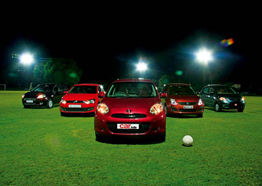

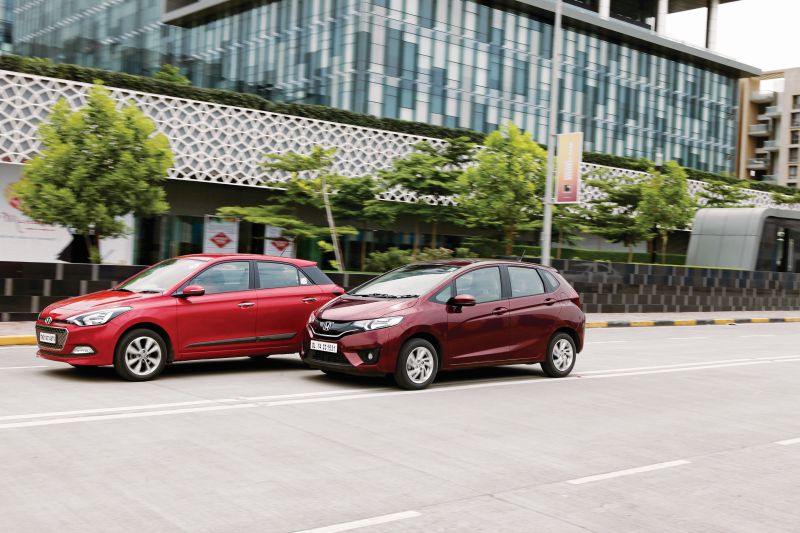
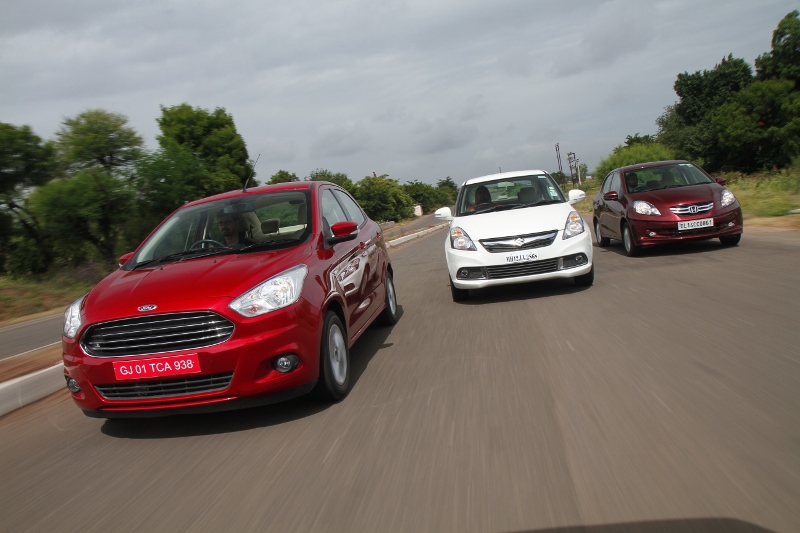
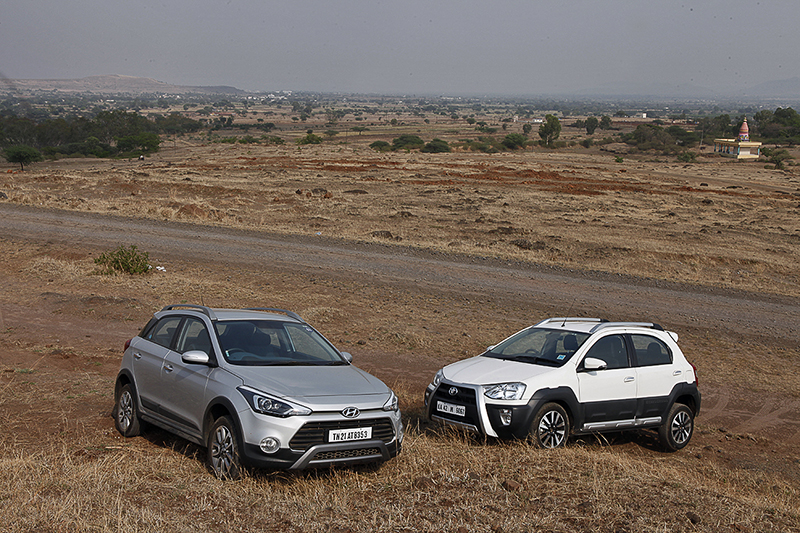
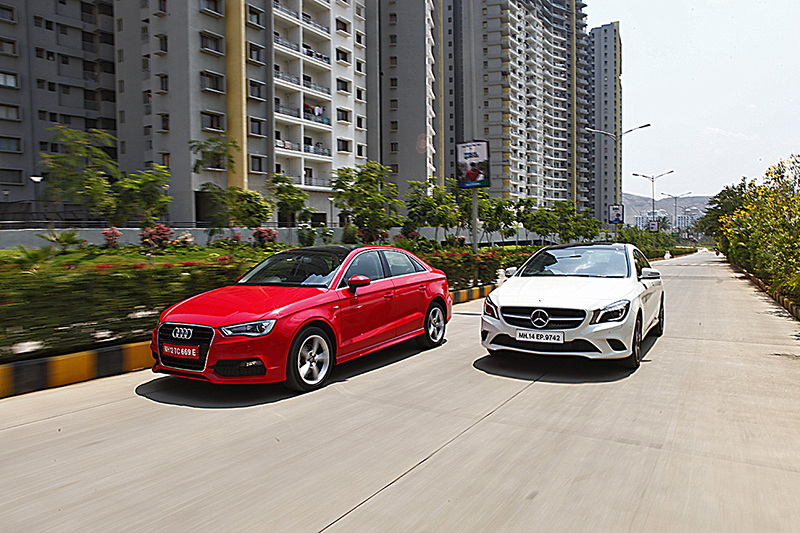
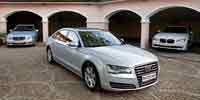
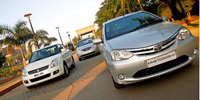

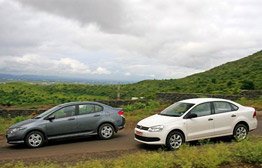
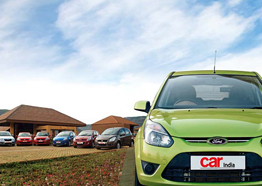
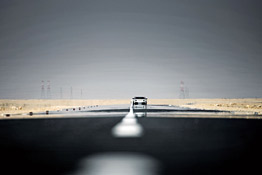




Leave a Reply